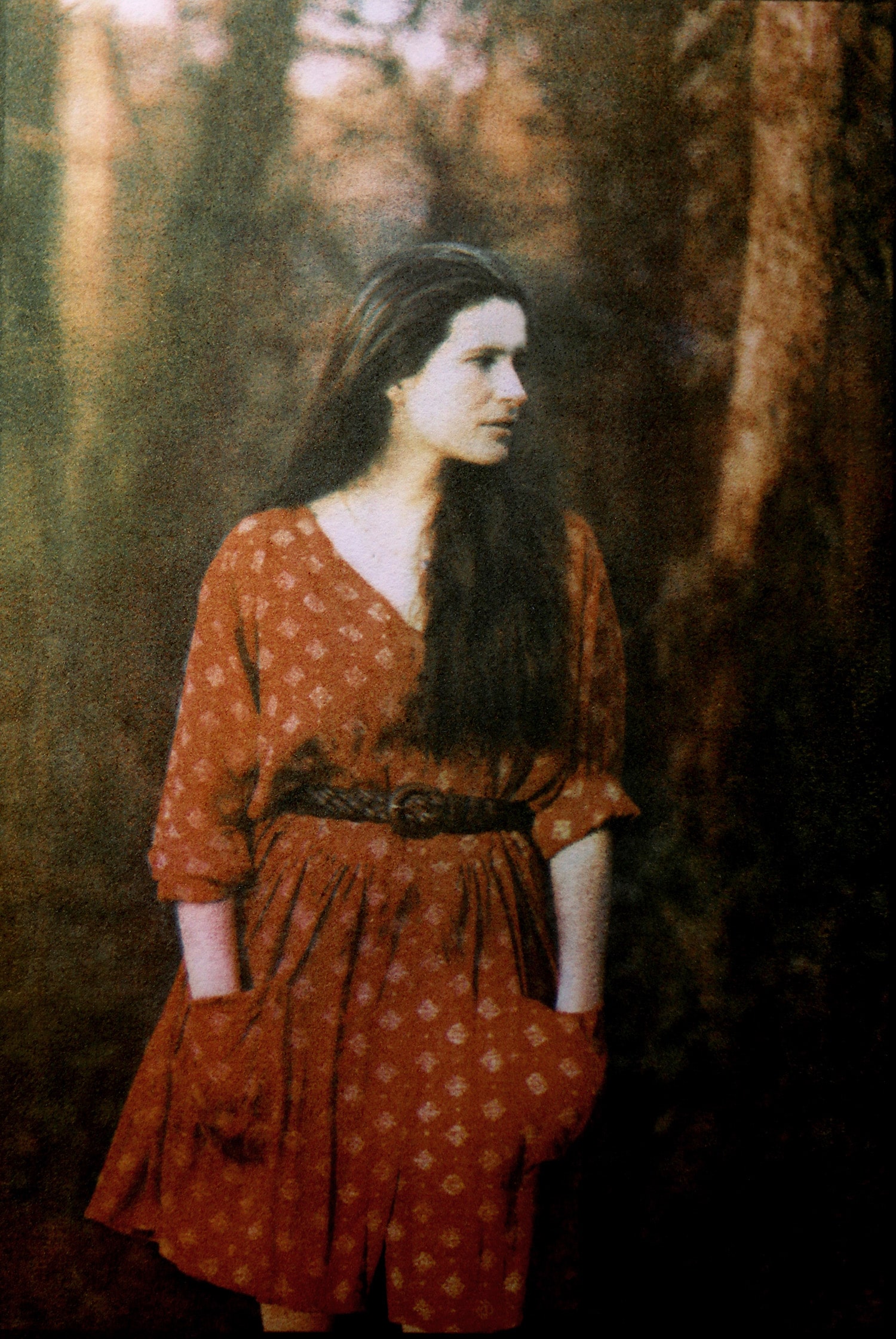A Daughter, A Muse
text and photographs by Diana Bloomfield
Most of my work focuses on the intersection of the past and my memory of that past. Memories, fugitive and ever-shifting, are always subject to interpretation, while photographs are tangible. The interpretive nature of both memory and imagery lends itself to a kind of narrative. That’s the form that most of my work follows.
These particular images are of my now 29-year old daughter, Annalee. All are selections from my Figurative series, a larger and ongoing body of work I began in 1999. As extended metaphorical portraits, each has a story to tell, either singly or as a whole. They not only speak to movement and gesture, but are also meant to suggest the essence of a person, or simply a brief moment in time.
When I began this series, Annalee was around 12 or 13, and seemed to be evolving daily. I wanted to somehow preserve those fleeting moments – not so much as they really were, but only how I remembered them.
All of these photographs were made in North Carolina, either at the beach, or here in Raleigh. When we go out and photograph, which we continue to do whenever she’s home, the process remains very much a collaborative one. I rarely, if ever, tell her how to pose or what to do. She seems to instinctively know what I want in an image. As a daughter and also the subject of much of my photographic work, she is most definitely my muse.
I choose to print in 19th century printing processes, because I love the one-of-a-kind, hand-made quality those processes offer. I printed these images in a process which involves color-distinct, separate negatives, and multiple layerings of watercolor pigment, gum arabic, and dichromate.
This process, which offers infinite possibilities that can veer into whole new magical worlds, is the one I find the most creative and interpretive. Multiple hand-brushed layerings offer a richness and a softness that makes hard, clearly defined edges disappear. The more layers that are added, the richer the colors become, while the image itself grows softer. The inevitable slight mis-registrations of the various negatives suggest movement, ambiguity, and remove all the sharp clarity – much the way we see and remember.





